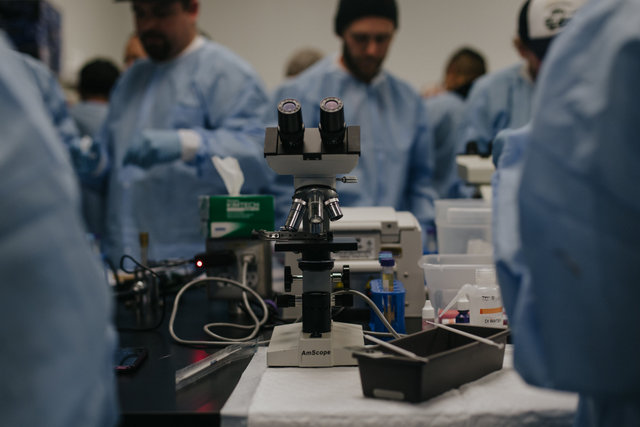
We know you’re busy, CBB reader. There are so many headlines to click. So much content to consume. You’ve come here for some quick professional-level tips for handling and pitching yeast in brewing — temperatures, volume, storage and beyond.
Before we get to those juicy morsels (apologies for the delay), let us thank the source. Based in one of the great hubs of American craft beer (San Diego), White Labs is a global supplier of innovative yeast products, lab equipment and analytical services for beer, wine, distilling, cider and homebrewing communities. The company has its own brewery in San Diego, a yeast-forward restaurant and taproom in Asheville, N.C., and a fairly cool app with a Custom Culture Calculator.
We often reach out to see what’s new with White Labs, hoping to glean some tips on microscopic fungi, insights into new products or just to find some weird yeast strain stories. This go around, White Labs gave us five recommendations for pitchable yeast cultures. Drum roll, please.
Recommendation No. 1
Always store the yeast at temperatures between 36-40°F (2-4°C) and follow the recommended best by dates for optimal performance.
Recommendation No 2
For the first generation of the new yeast culture, a lighter style beer with a 10-12°Plato gravity is recommended for best yeast performance. WLN1000 White Labs Yeast Nutrient will help shorten the fermentation cycle and make the yeast healthier for subsequent generations.
Recommendation No. 3:
Keep yeast in the refrigerator until needed. Do not freeze the culture. Remove yeast at least two hours before pitching, so the slurry can come close to room temperature. To inoculate, sanitize scissors, cut the top left of the bag and pour in.
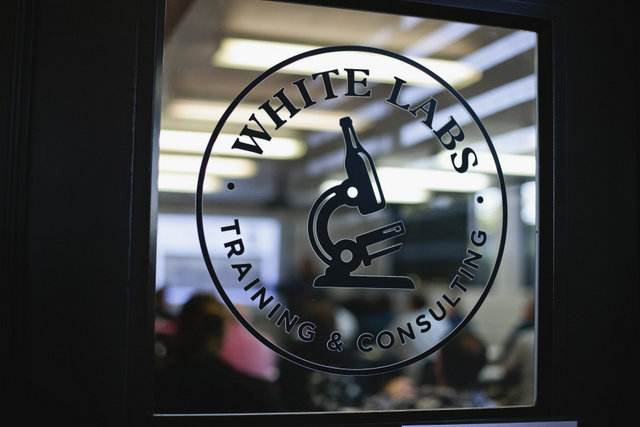
Recommendation No. 4
The fermentation is best started at 70-72°F (21-22°C), even for lagers and lowered to desired fermentation temperature after krausen formation or CO2 begins, which is usually less than 12 hours.
Recommendation No. 5
The initial signs of fermentation should be evident within 12 to 20 hours depending on the age of the yeast. Successive generations will have a shorter lag time and faster fermentation. The first complete fermentation usually takes one to three days longer because yeast needs to adapt from a laboratory culture to a fermentation environment.
Bonus: Enjoy this volume graph
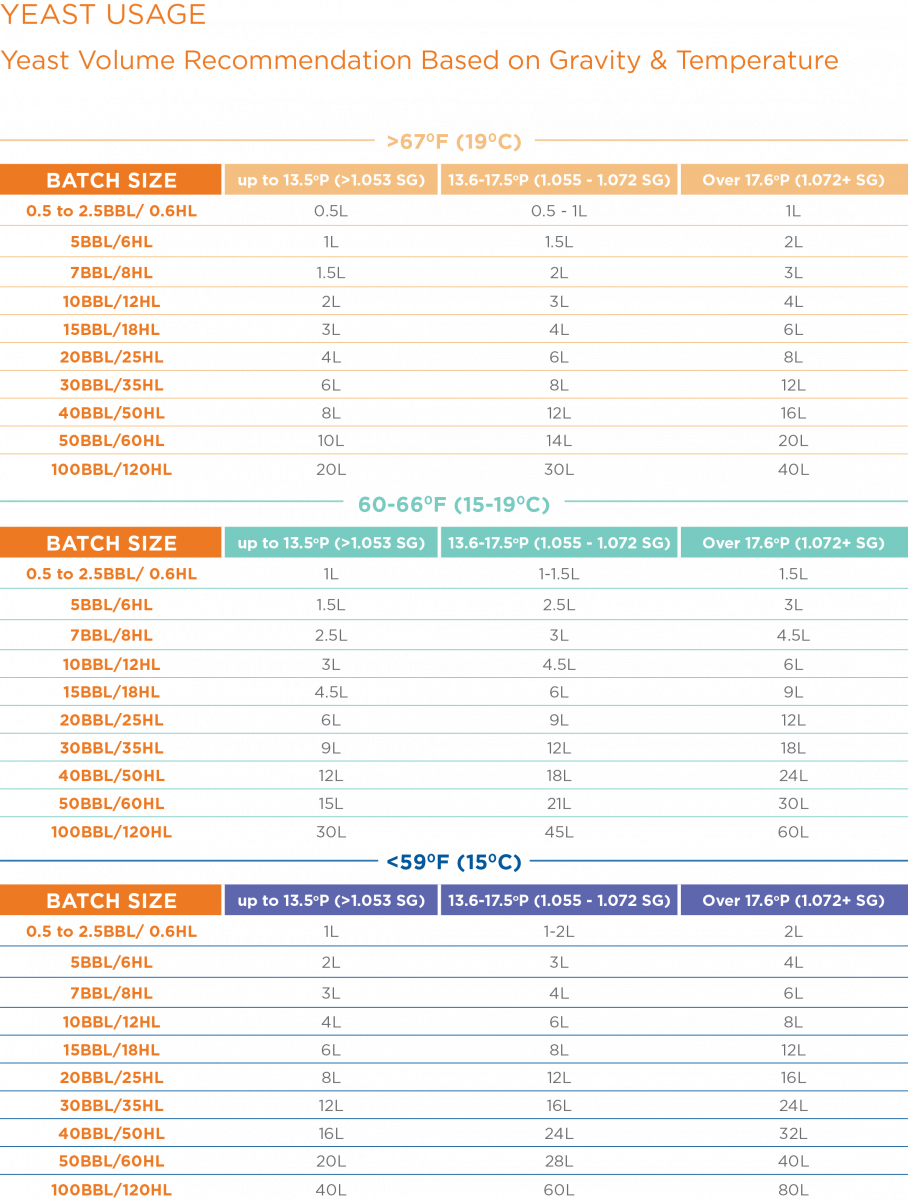

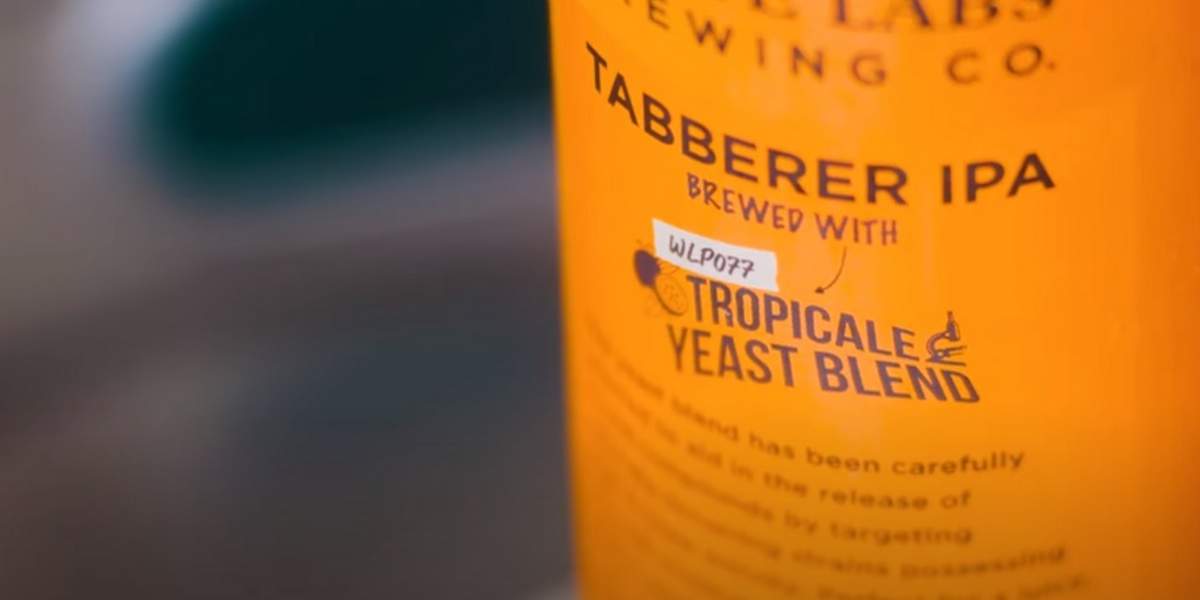
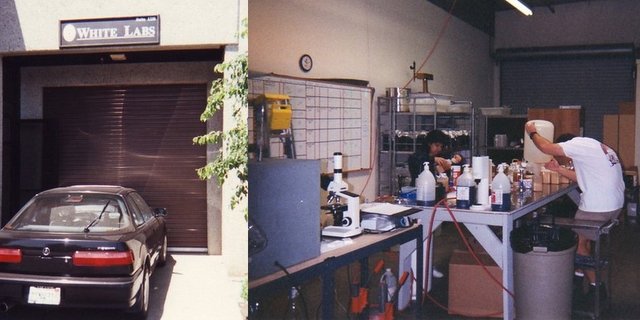
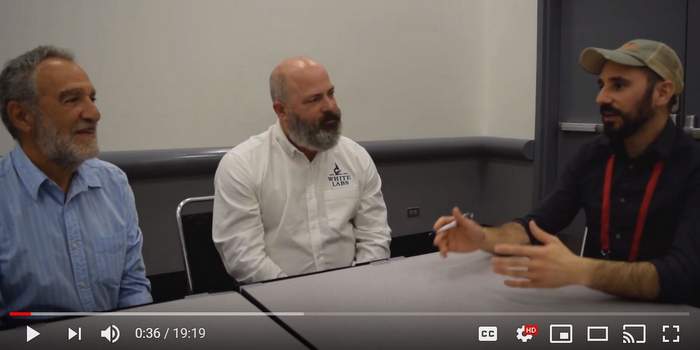
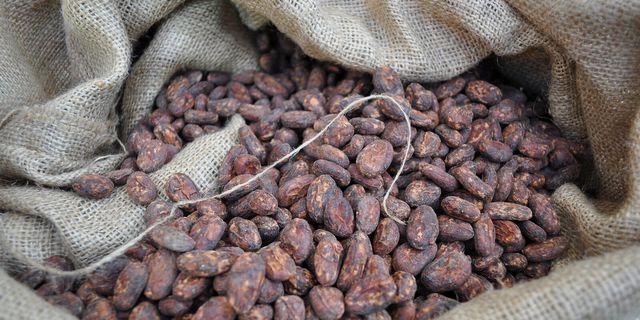
Scott Stokes says
Ryan Blondell
Melissa Luelling says
Aaron Luelling